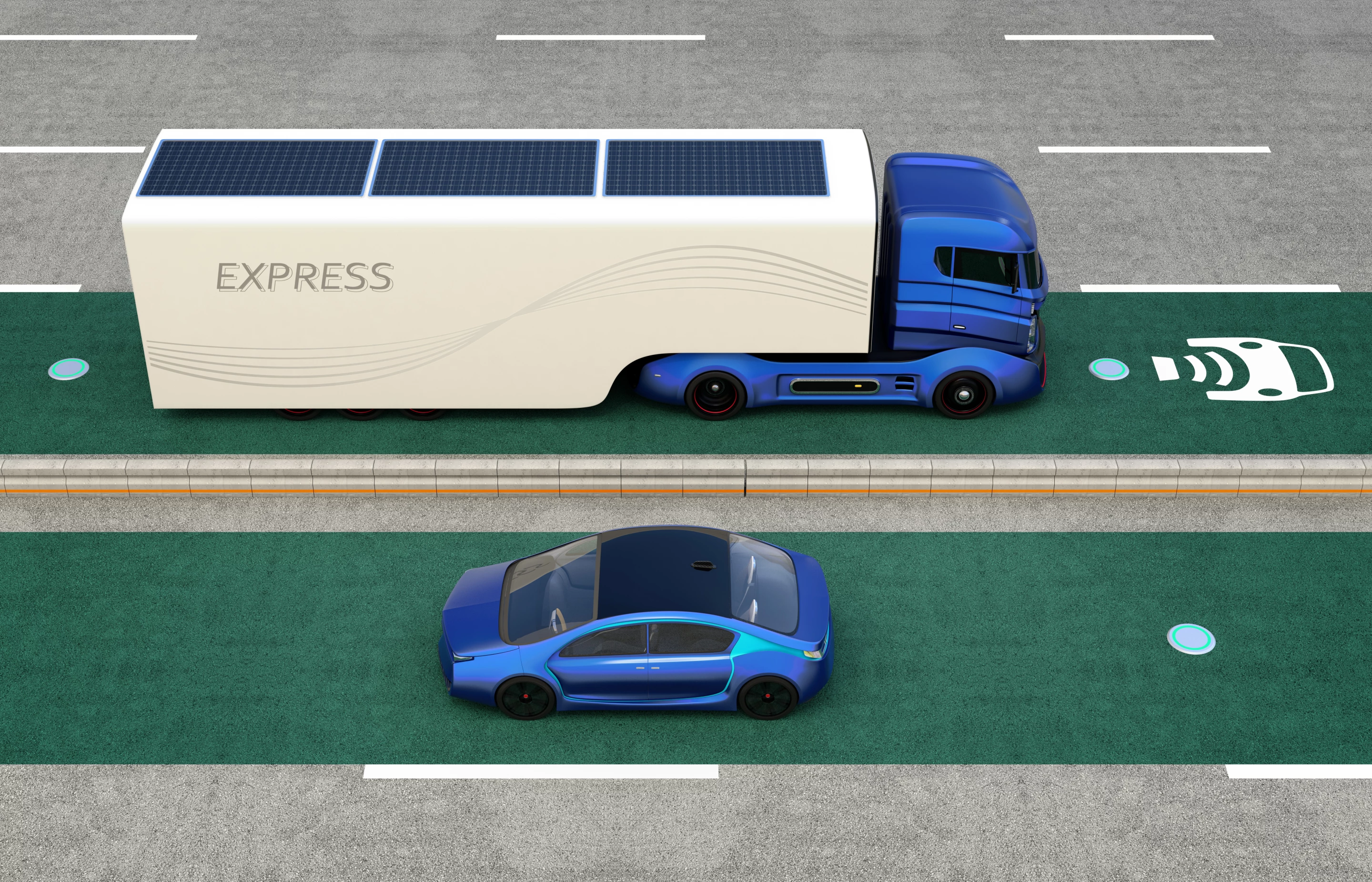When the Tesla Roadster went into production in 2008, drivers were promised over 210 miles of per charge range. Just over a decade later and the upcoming version almost triples that. But even if you could afford the eye-watering asking price, you're still going to spend some time parked up and plugged in. Being able to roll along the highway and have the batteries charge as you go would be a much better way, and a new development out of Stanford could see that happening.
The technology to wirelessly charge an electric vehicle's batteries is already available, though compatible cars will still need to be parked up over a charging plate hooked up to a power source. A magnetic field is created between the source and the receiver, both resonating at the same frequency to allow for wireless power transfer over a small air gap. Though researchers did recently manage to charge a UPS hybrid delivery truck over an 11-inch gap.
Installing wireless charging tech into roads, so that electric vehicle batteries can be juiced up as the car rolls down the highway, has been the subject of much research for a number of years, but remains pretty much on the horizon. One of the issues needing to be solved is the variable distance between the source and receiver adversely impacting charging efficiency.
Three years ago, an electrical engineer at Stanford called Shanhui Fan and a graduate student named Sid Assawaworrarit built a system that essentially overcame this problem. By incorporating an amplifier and feedback resistor into the design, the operating frequency could automatically adjust as the distance between the charger and a moving object changed. Sadly, this version was deemed too inefficient to be practical – requiring a lot of electricity to operate and only managing to transfer some 10 percent to the moving object.
For the new development, the researchers replaced the amplifier in the original design with a more efficient "switch mode" unit, and then spent a long time tinkering with the circuit before coming up with a configuration that managed a transmission efficiency of 92 percent. Though the prototype is only able to wirelessly transmit 10 watts of electricity over a distance of two to three feet, the team doesn't see any obstacles preventing the system from being scaled up to wirelessly supply power to a fast moving vehicle.
"This is a significant step toward a practical and efficient system for wirelessly re-charging automobiles and robots, even when they are moving high speeds," said Fan. "We would have to scale up the power to recharge a moving car, but I don’t think that’s a serious roadblock. For re-charging robots, we’re already within the range of practical usefulness."
The wireless transfer is said to only take a fraction of the time it would take an electric vehicle traveling at 70 mph to zip over a four-foot charging zone, with the rate at which the vehicle's batteries could be charged using this method being the only potential limitation to this application, according to Fan. But, the first real-world application of this technology is unlikely to be on highways.
The researchers see it being embedded in warehouse floors to power robots for almost continuous operation, or being installed on rooftops so that drones can hop around cities all day, only stopping for a quick top up en route. For the moment though, the project remains in the lab.
A paper on the research has been published in the journal Nature Electronics.
Source: Stanford University




